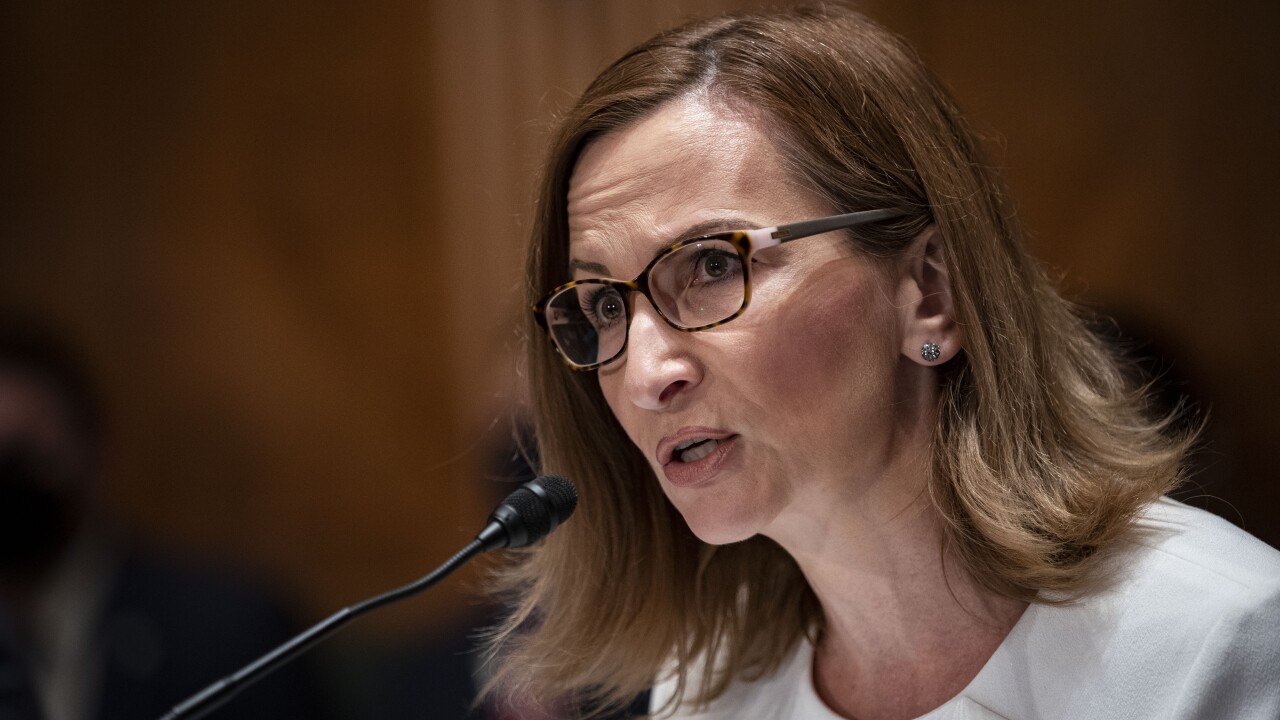Cryptocurrencies present a new and promising frontier for the future of digital payments; however, they also represent an unknown for many people and traditional institutions. With the movement to cryptocurrency well underway, governments in many nations are driving the creation of new regulations surrounding these new forms of payments. In most places, these regulations
Even for people with decades of experience in finance or government, predicting exactly how laws will form in the coming years is not an easy task. Nonetheless, it’s essential to be forward-thinking and develop innovative, user-friendly technologies that are capable of meeting the requirements of these regulations.
While it might seem that compliance will inherently become more complex, this is not the case. That’s because the same blockchain technologies that make cryptocurrency a viable payment option can also foster better know-your-customer and know-your-transaction systems.

In 2018, there are a number of traditional payment networks responsible for verifying payments. Banks, businesses and individuals reply upon these systems for the regulatory approval of transactions. One of the best ways to ensure KYC and KYT compliance is through the
When we look at the KYC data points of cryptocurrencies, many do not offer promising results. For example, there are a number of blockchains that
It is evident that there is a lack of innovative compliance options on the market today. We have continued to see major issues with these networks (i.e. same-day approval fraud and
Building a blockchain solution that adds greater transparency in transactions has the potential to make KYC and KYT processes for crypto transactions much more efficient than the system in place. As a result, this enables banks to save capital, time and resources. At the same time, businesses and individuals can realize the benefits of faster payment approval times.





